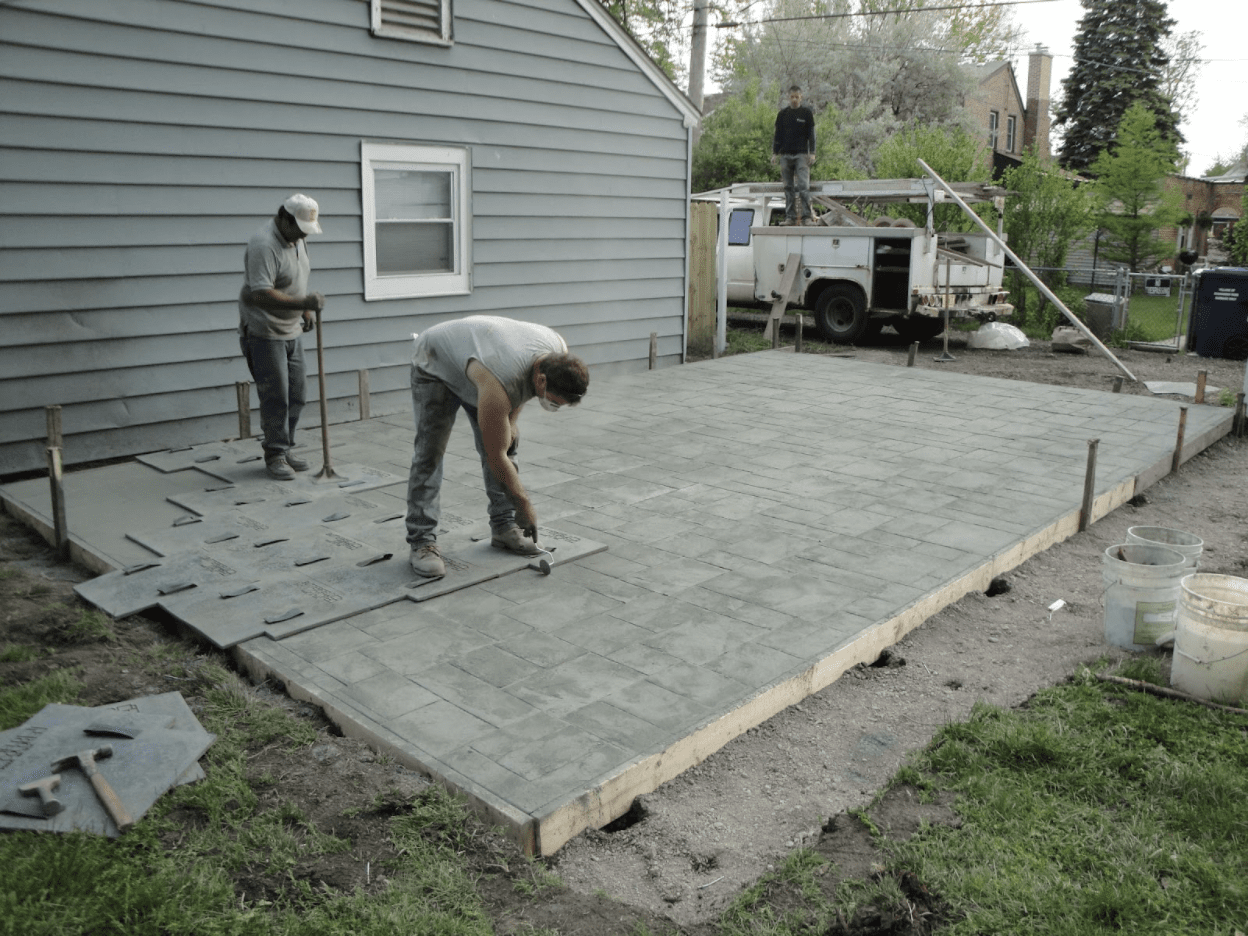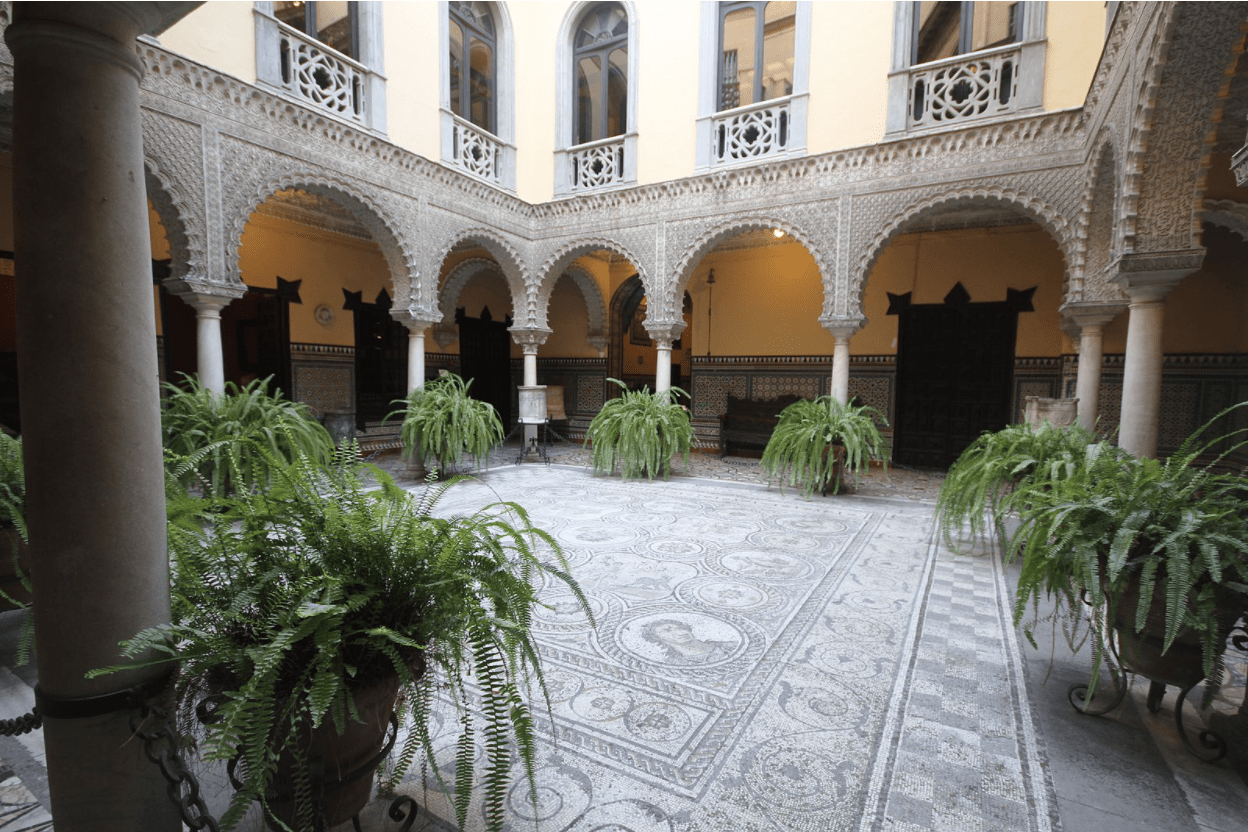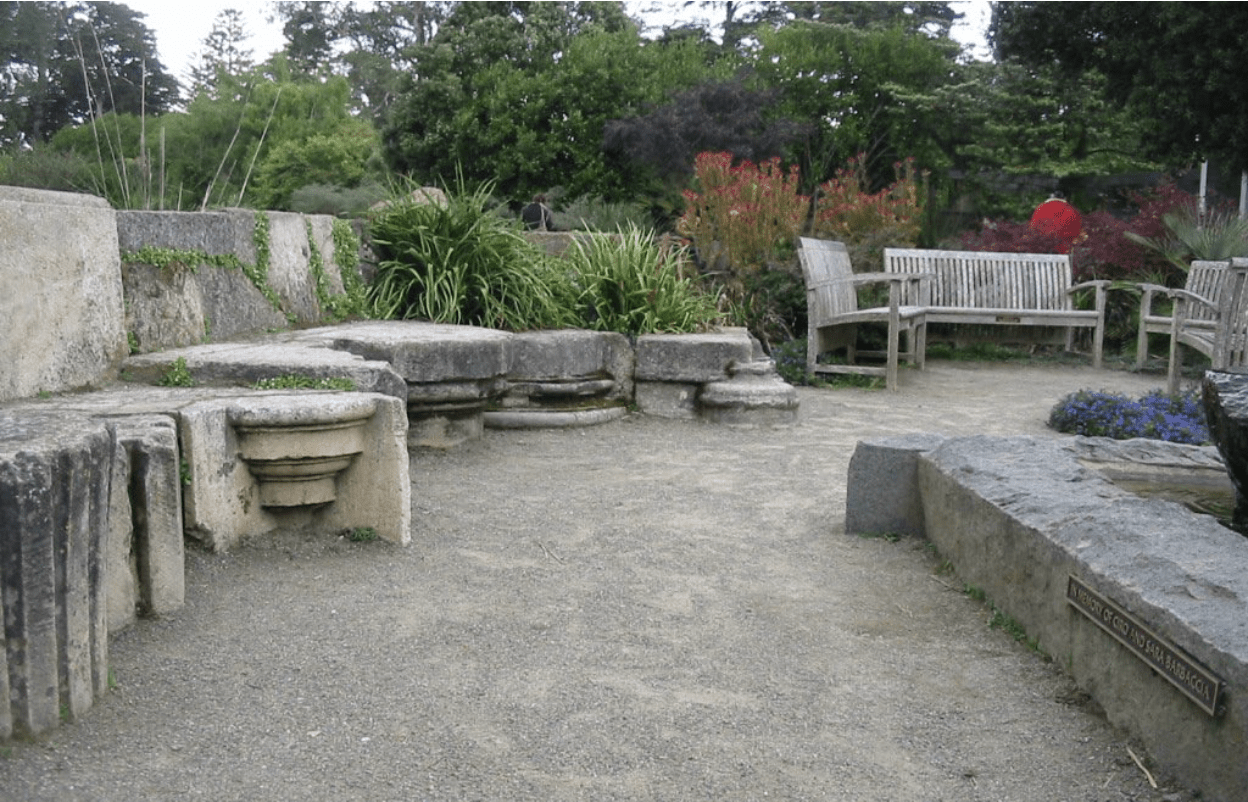Building a new patio is an exciting project to take on. A patio gives you outdoor leisure and entertainment options, can provide an outdoor area shaded from the Sun, and is generally a great way to help fill out your yard and add some property value to your home.
5 Compelling Alternatives to Paving a Patio
There are many different methods when it comes to constructing a new patio. For instance, many people prefer to build a patio with paving stones. Concrete, brick, natural stones, and other materials may be used to lay a patio comprised of many individual paving stones.
Some, however, prefer a different approach. From permeable paving to poured concrete and more, let’s take a look at 5 compelling alternatives to paving a patio.
1. Poured Concrete
Most concrete patios are made from either concrete slabs or individual concrete pavers. One way to bypass the time-consuming process of paving a patio with concrete is to have it poured instead.

Poured concrete can be completed in one process and doesn’t require the use of slabs or pavers. It can also be stenciled, stamped, and colored to resemble any number of paving materials such as flagstone pavers, granite pavers, and more.
2. Mosaic Tile
One of the most unique and stylish ways to pave a patio is to use wet concrete and mosaic tiling. You can use broken shards of glass, broken tiles, or anything else you can think of to create an incredibly original design that’s sure to catch the eye and dazzle guests.

Mosaic tiling is one of the most time-consuming methods of building a patio, however. For this reason, it can be one of the more expensive ways to build a patio, unless you opt to DIY.
3. Dirt
In some instances, dirt is an exceptional way to pave a patio. In areas that don’t get a lot of rain, like the Southwest U.S., a dirt patio can actually be rather cooling and inexpensive.

The best way to build a patio design out of dirt is to excavate the patio surface to a depth of a few inches, then use a tamper to pack down the dirt and turn it into a hard, level surface that doesn’t kick up easily. Borders should be used along the patio edge to keep them square and pristine.
You’ll also want to install some type of roof or shading above to keep your dirt patio as dry as possible. This isn’t a viable option for everyone, but there are certain homeowners who might find a dirt patio to their liking.
4. Loose Gravel
Another alternative to paving a patio is utilizing loose gravel. It’s cheap and works well as a semi-permeable surface that doesn’t require expensive maintenance. Borders can be used to help keep the gravel in place, or you can just rake it and add more when needed. Loose gravel is one of the most effective and minimalistic patio ideas you find.
5. Permeable Pavers
One of the best alternatives to paving a patio without the use of typical paving stones would be permeable pavement. For example, the TRUEGRID PRO paving system is perfect for light applications like patios, walkways, and more.
When it comes to patio paver alternatives, they don’t make them much more durable, stylish, or eco-friendly than TRUEGRID permeable pavers. They can be used in conjunction with gravel to create a 98% permeable surface that needs almost zero maintenance throughout its lifetime.

TRUEGRID pavers are made from 100%-recycled plastic and are durable enough to last 60 years before needing replacement. They are impervious to extreme temperatures and are resistant to UV rays as well. Their permeable design allows even heavy rainfall to drain directly through them and into the soil below, instead of displacing stormwater into your yard or local sewer system.

One of the main selling points of a TRUEGRID permeable pavement patio is the ease of installation. You need only excavate your patio to a depth of 8 inches and place a piece of fabric at the bottom to prevent gravel migration.
Then, you fill the pit with gravel and compact it before snapping the TRUEGRID pavers into place and pouring more gravel over the top. Once the surface gravel has been compacted into the top of your pervious patio surface, installation is complete.
Paving Isn’t Your Only Patio Option
When it comes to building a patio, paving isn’t the only option to choose from. In fact, poured concrete, dirt, loose gravel, and mosaic tiles are all fine options as well.
However, if you want the most cost-effective, durable, eco-friendly, permeable, and stylistically diverse patio out there, TRUEGRID is the way to go. If you’re looking to build a new patio out of something besides the same old paving stones that everyone uses, don’t hesitate to contact TRUEGRID today for a free quote.



